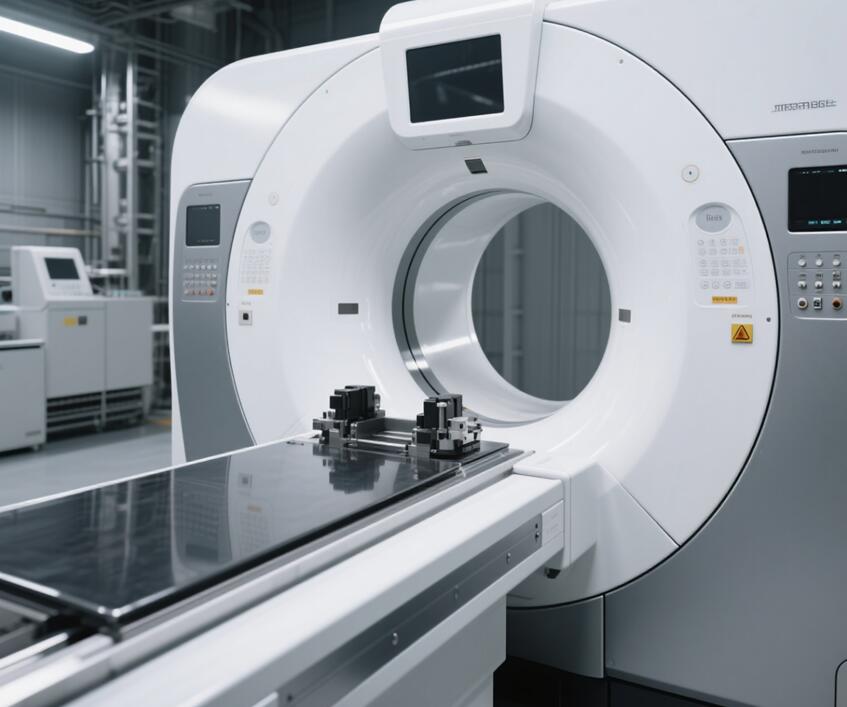As an efficient vacuum device, ion pumps play an indispensable role in the field of medical imaging, especially in high-precision medical equipment such as magnetic resonance imaging (MRI) and radiographic imaging, providing key technical support for maintaining the core stability of the imaging environment.
Key roles in magnetic resonance imaging (MRI)
In MRI equipment, ion pumps are mainly used to create and maintain ultra-high vacuum environments, which is a necessary condition for ensuring magnetic field stability and imaging accuracy. MRI relies on strong magnetic fields and radio frequency pulses to generate detailed images of the internal structure of the human body. Its core superconducting magnet needs to operate at low temperatures close to absolute zero, while the ion pump is responsible for maintaining the vacuum insulation layer in the cooling system to prevent thermal conduction from interfering with the magnet temperature.
In recent years, ion pump technology has further promoted the development of multimodal MRI. For example, researchers have developed a Flynn enzyme induced aggregation of iron oxide nanoparticles and a 19F signal "turn-on" strategy, achieving precise dual-mode (1H and 19F) magnetic resonance imaging of tumors. This technology utilizes intelligent probe design to specifically activate 19F signals in tumor cells while enhancing T2 weighted 1H signals, solving the challenge of balancing sensitivity and selectivity in traditional MRI.
Application of Radioimaging and Particle Therapy
Ion pumps also play an important role in X-ray imaging and particle radiotherapy systems. These systems require a high vacuum environment to ensure precise guidance and energy stability of the particle beam. Ion pumps can effectively eliminate gas molecules and create the required ultra-high vacuum environment, which is crucial for ensuring precise control of radiation dose and reliability of the treatment process.
Frontier Innovation and Future Prospects
With the advancement of technology, the application of ion pumps is expanding from device support to direct participation in imaging processes. For example, the novel light driven ion pump technology has been used for subcellular level in situ oxygen detection. This visible light driven ion pump based on nanocapillary utilizes a photovoltaic heterojunction to generate photo generated ion currents, enabling real-time monitoring of oxygen distribution within individual living cells and providing a new tool for tumor metabolism research.
These innovations indicate that ion pump technology is evolving from traditional vacuum maintenance equipment to multifunctional integrated biomedical research tools. With the further development of nanotechnology and materials science, ion pumps are expected to play a greater role in fields such as molecular imaging and targeted therapy, providing stronger technical support for precision medicine.
As the core component of high-tech medical equipment, the development of ion pumps is directly related to the advancement of medical imaging technology. With the continuous improvement of imaging accuracy requirements, ion pump technology will continue to develop towards higher efficiency, more stable performance, and smaller volume, providing a more accurate visual window for human health.
